Why we’re running it: To see if this hybrid can strike the sweet spot between a car and a van
Month 1 - Specs

Life with a Toyota Corolla Commercial: Month 1
Welcoming the Corolla to the fleet - 28 June 2023
Us photographers are an annoying breed: we insist on journalists driving cars out to the middle of nowhere, will always ask for one more pass and will always have a frankly ridiculous amount of kit to hand, just in case.
You would think a van would be our perfect method of transport, then, right? Well, as much kit as we have, they are if anything probably a little too big for us. Plus, thieves have a habit of viewing vans as oversized lucky-dip boxes.
So what do you do if you need a reasonable but not ridiculously large amount of cargo space in an inconspicuous package? You go for a car-based van, such as my new Toyota Corolla Commercial.
From a distance, it looks like a standard Corolla Touring Sports estate. It’s only when you get close that you notice the rear windows are blocked off with a black film (designed to make its van identity as hard to realise as possible) and you realise all is not as it initially seems.

It has the same ‘self-charging’ hybrid system as its rear-seated cousin, with a 1.8-litre four-pot petrol engine, an electric motor and a small battery. That means there’s a total of 138bhp on tap, delivered to the front wheels through an e-CVT.

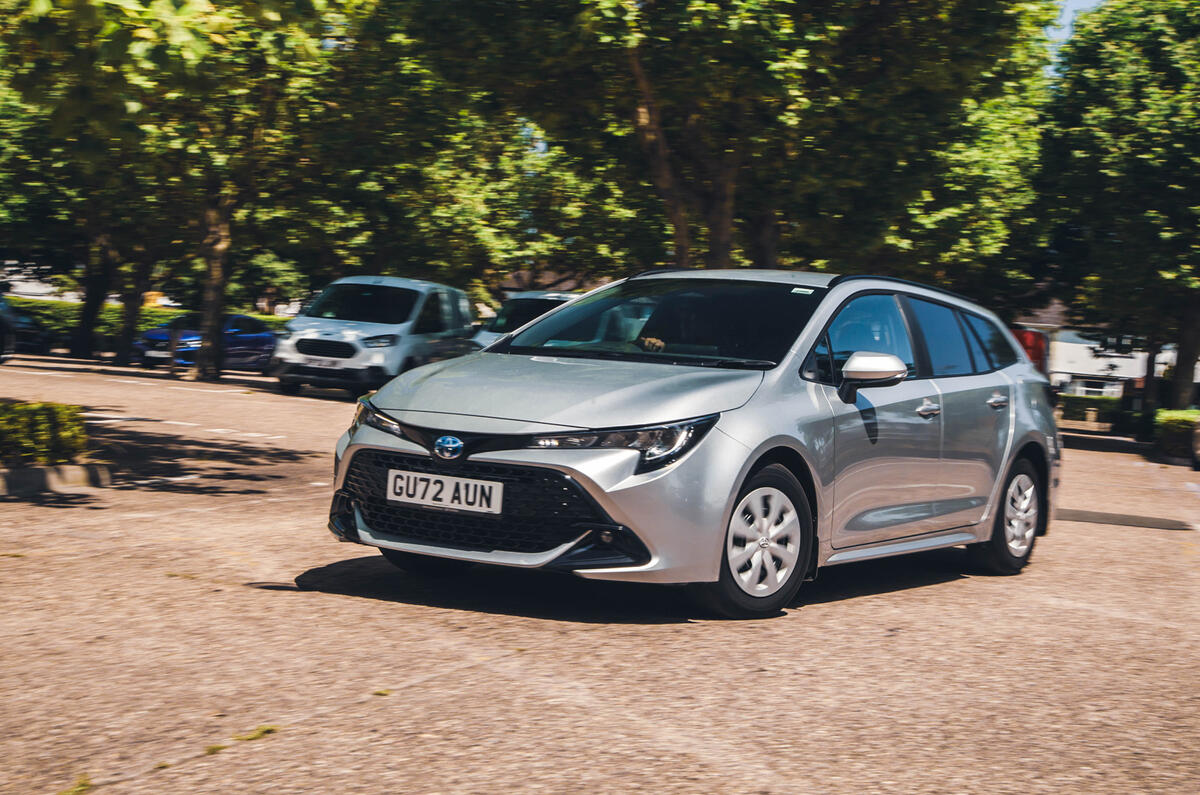
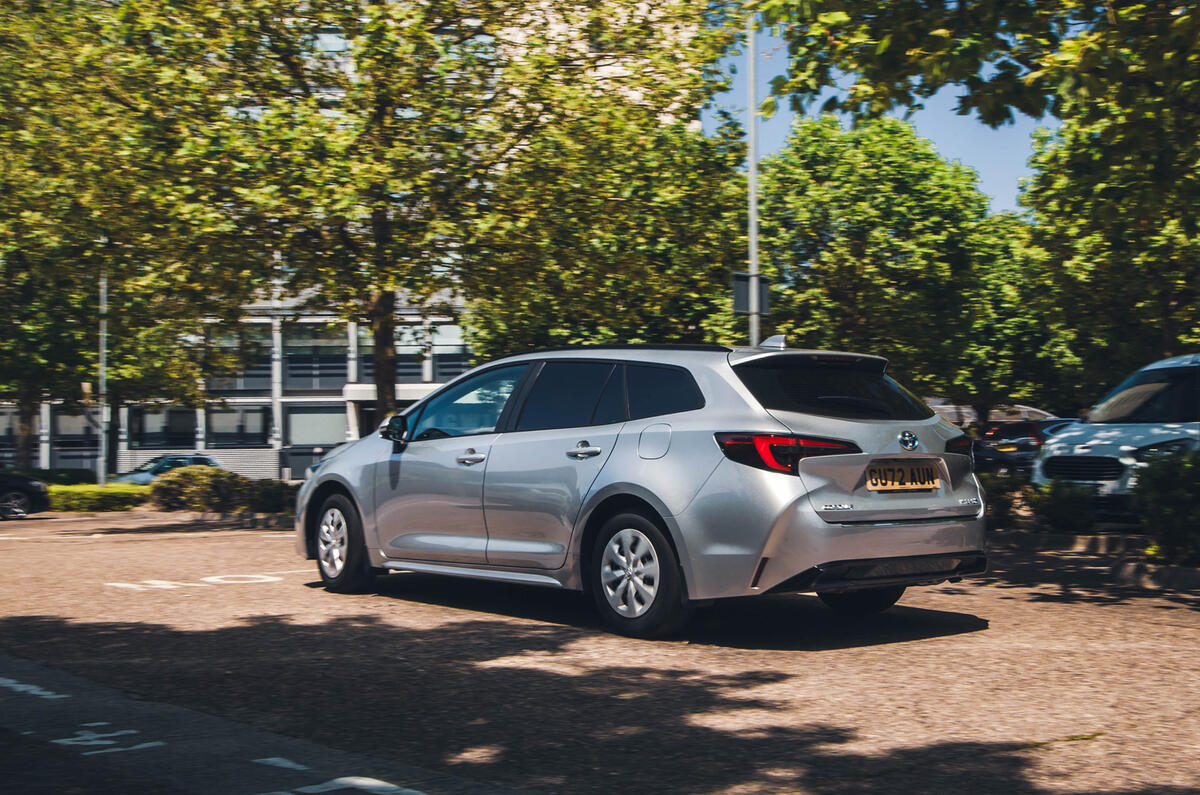
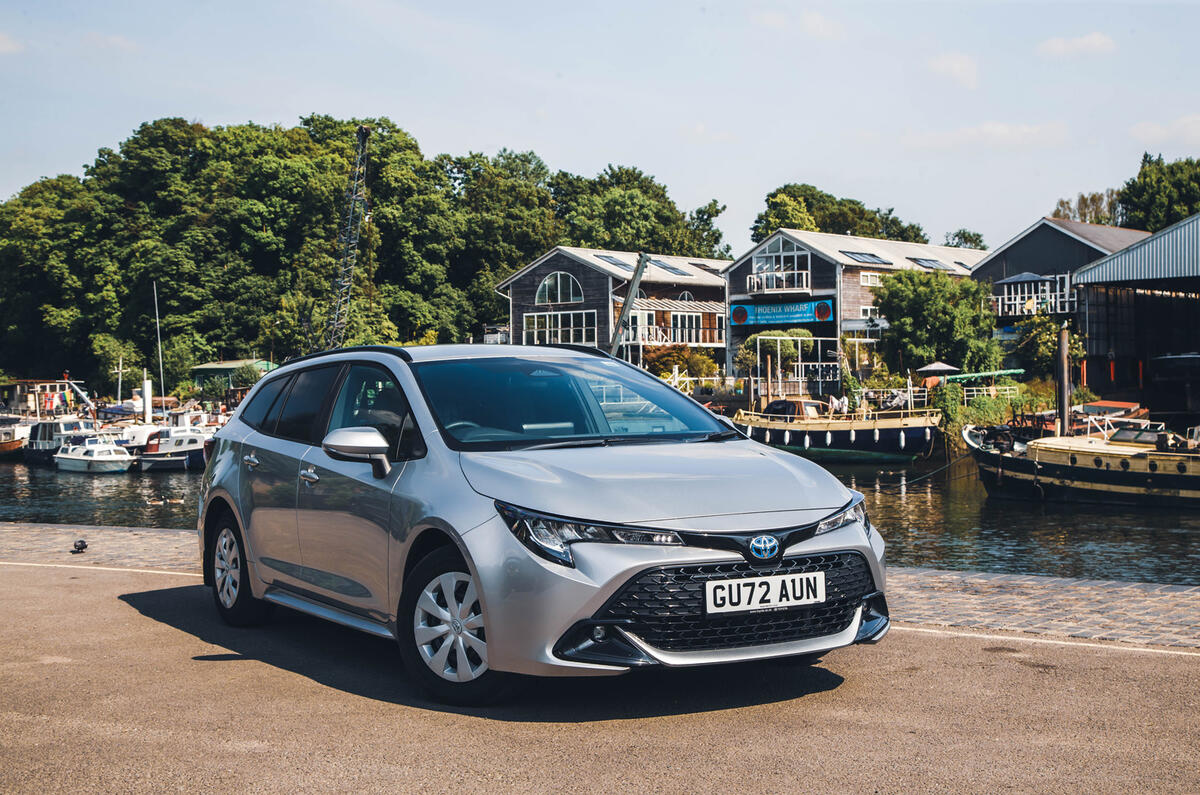
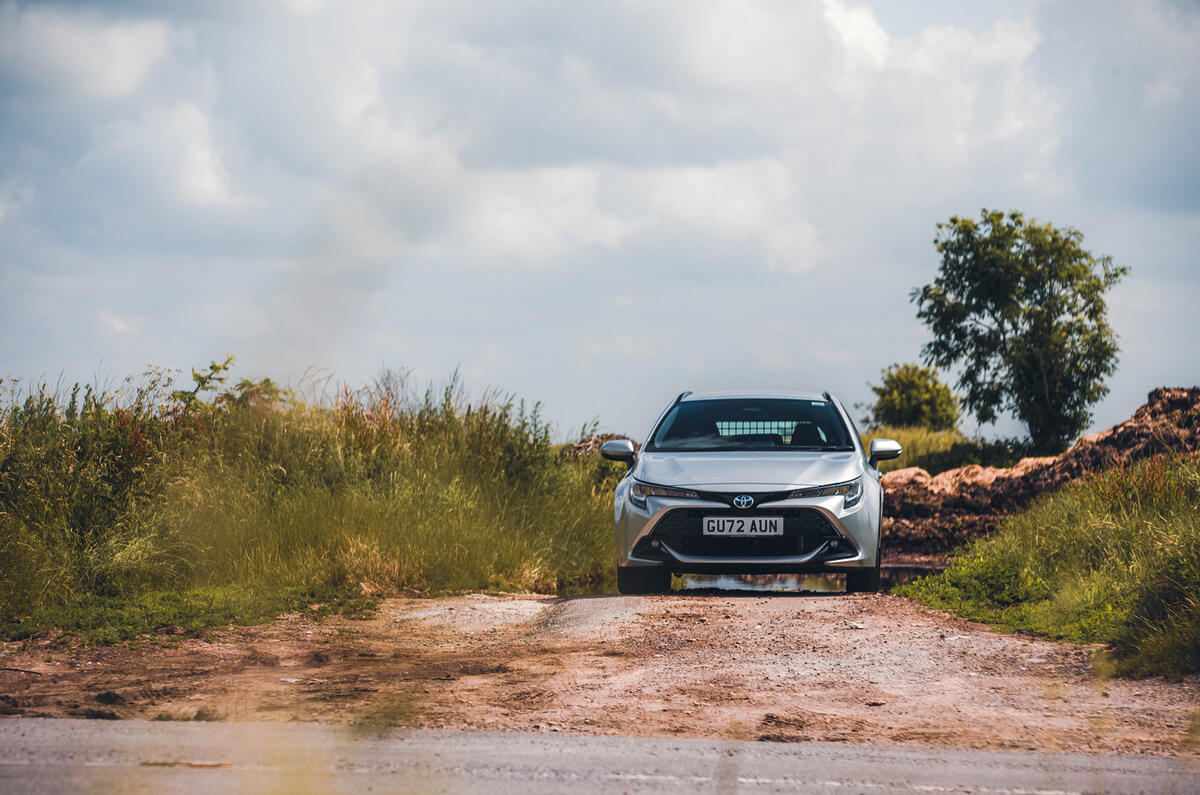
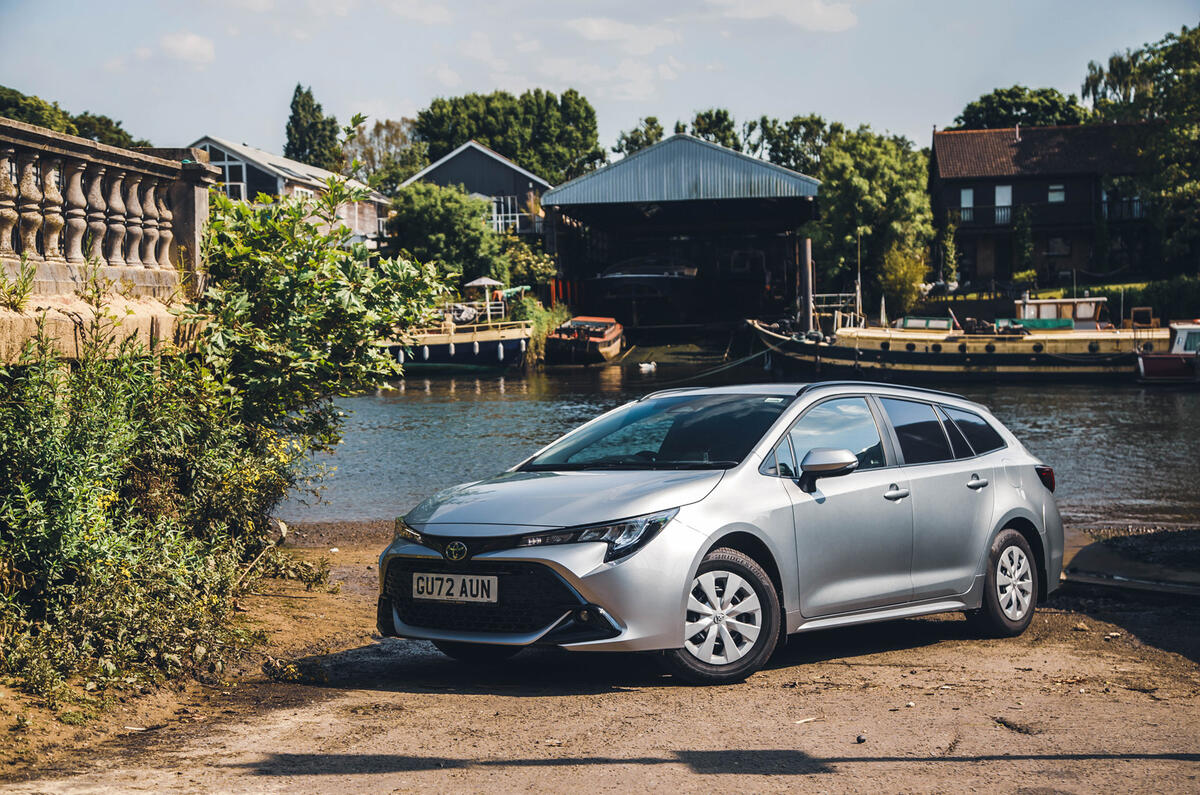
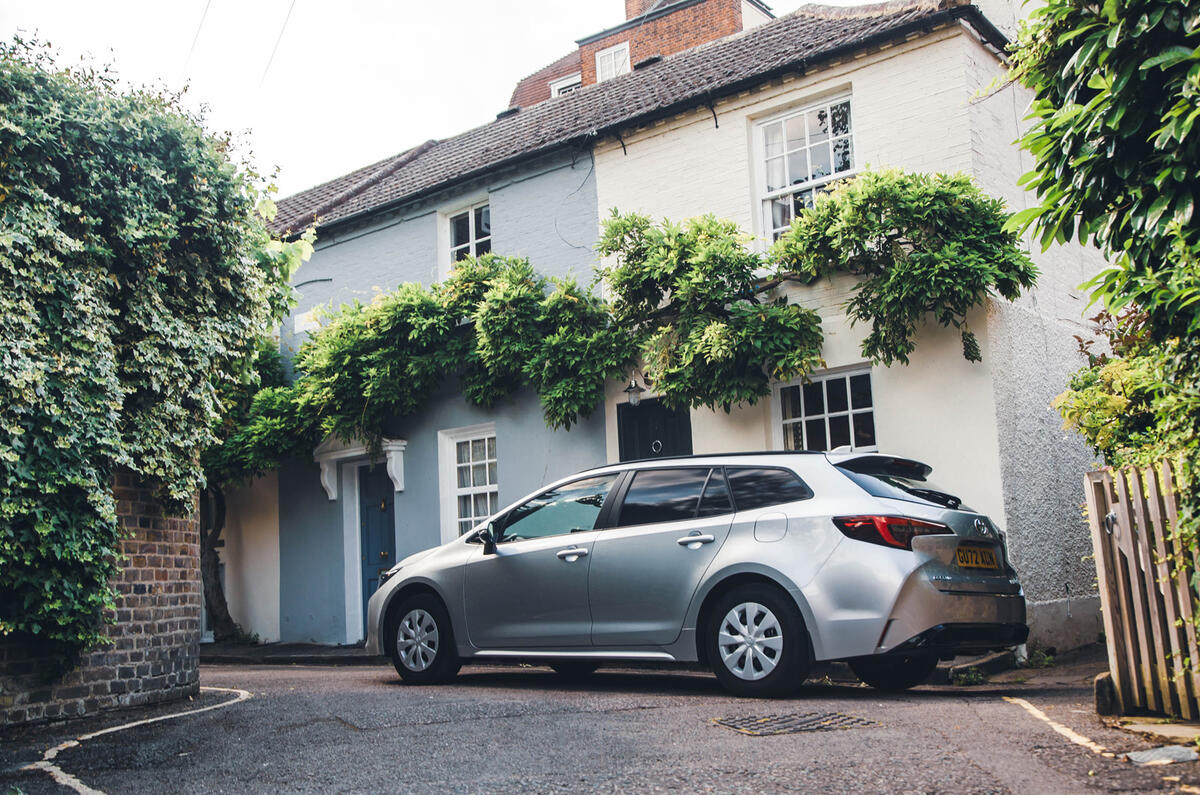
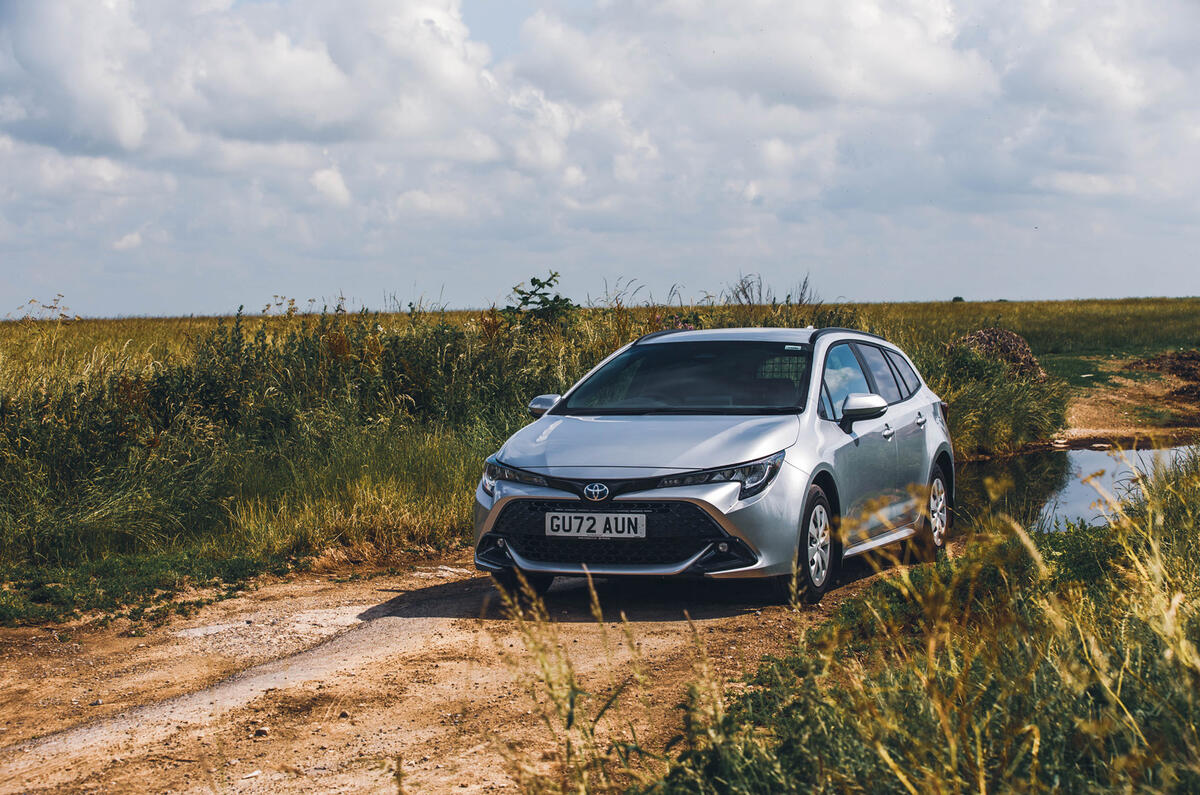
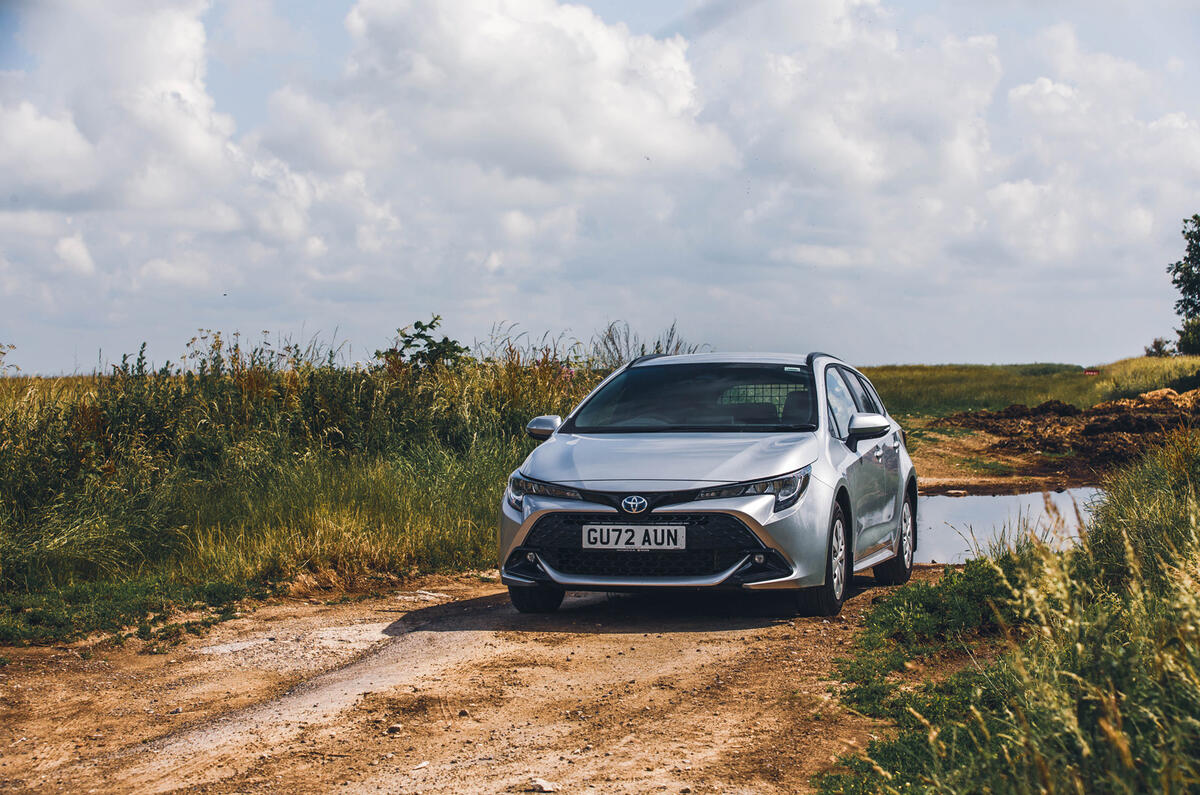










Join the debate
Add your comment
Nice pretty pictures of the "van", but not a single one showing the load bay?
We all know what a Corolla Estate looks like from the outside, maybe the photographer wasn't briefed, or the interior shots weren't interesting or arty enough...
We seem to have come a full circle with people buying vans half a century ago for tax benefit, then installing rear windows and seats to convert to a small estate.
Presumably that's no longer possible in 2023 since any such modification would invalidate insurance and would be picked up during the MOT test?
But well done Toyota (and others) for spotting a market opportunity and exploiting it!
I've got a Corolla Estate as a company car. I think I would have this next time if it is still available. All the benefits of a car without the tax of one. I never have anyone in the back, and always have equipment for work on the rear seats anyway. A company car for me is not a perk, I need it to do my job, this could be ideal